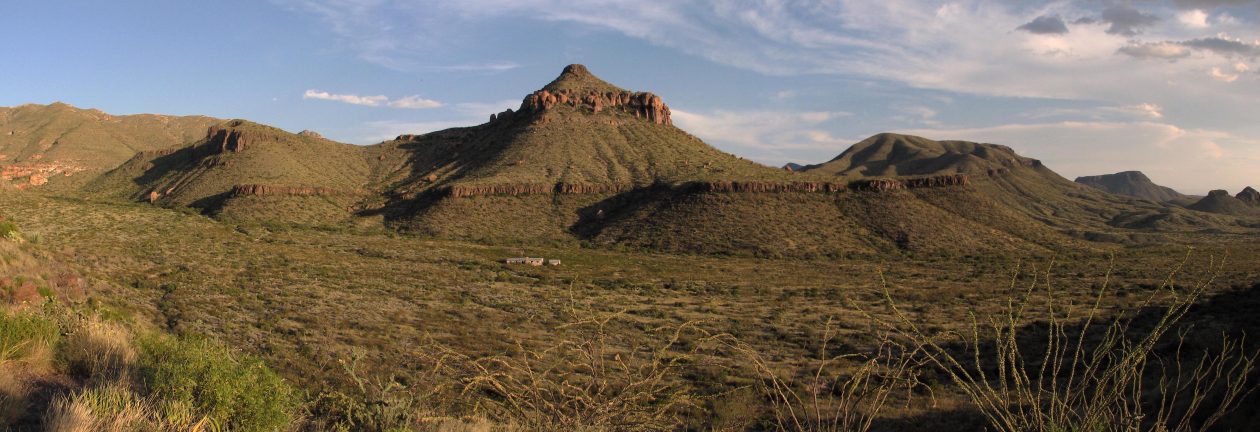Herceg Novi, Montenegro
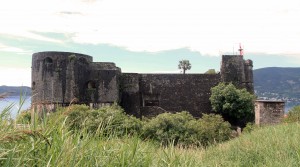
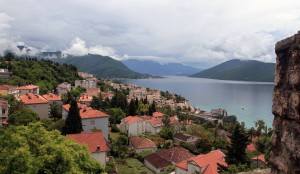
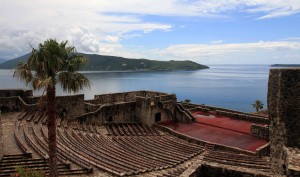
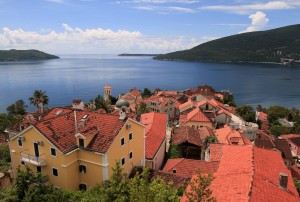
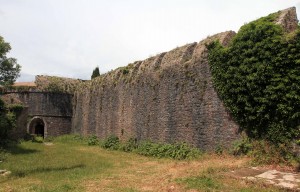
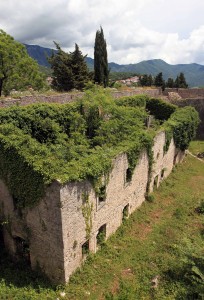
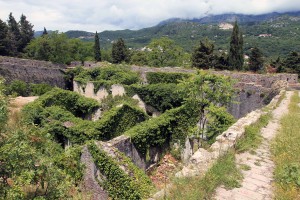
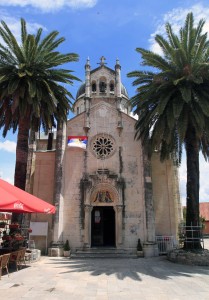
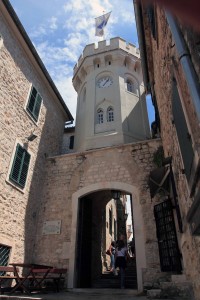
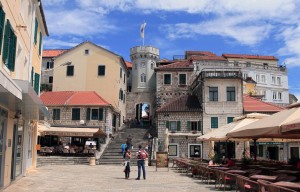
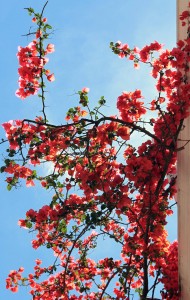
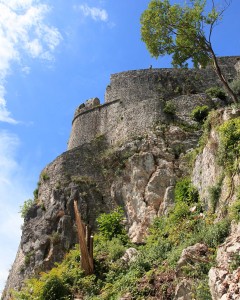
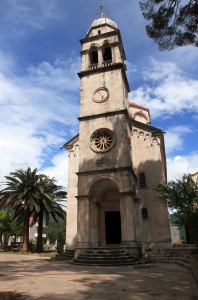
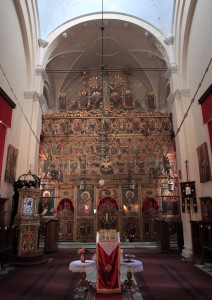
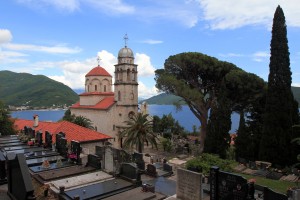
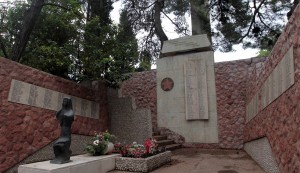
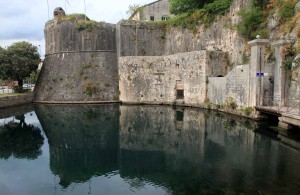
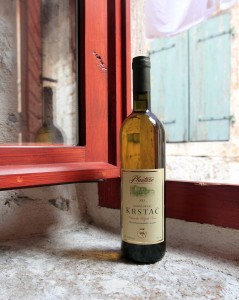
I slept in past my alarm this morning and did not awaken until 08:50. I then showered, dressed, got ready, and exited the hostel at 09:40. As I was getting ready, I noticed it was raining outside, so I grabbed my umbrella; however, once out of the hostel, the rain ceased long enough for me to walk to the bus station. I bought my ticket to Herceg Novi and then waited until 10:10 for the bus to depart. During our drive, counter-clockwise around the Bay of Kotor, it rained some more, but by the time we reached Herceg Novi (about an hour later) the rain had stopped and would not start again until later tonight – that is, the umbrella was unnecessary and I wished I had brought my sunglasses. Once I saw Kanli Kula Fortress, from the road, I got out at the next stop and immediately walked inside the stone structure, which now has an amphitheater inside it. The fortress originated from the Turkish period (circa sixteenth-century AD) and it used to be a prison, which is where its name comes from (meaning “Bloody Tower”). I wandered around the fortress, exploring every nook I could. Then, once done, I walked uphill to Spanjola Fortress, located on the hilltop within Herceg Novi. This fortress also dates back to the sixteenth-century AD and it has now been abandoned to the elements and delinquents; many bushes are growing in abandoned buildings that have long since had their roofs collapse; also, there was a lot of graffiti and trash everywhere. When I first entered in to the fortress, I had it entirely to myself and I would’ve greatly enjoyed it if it was free of all its trash and graffiti, only having had nature encroach on its space, not stupid people who don’t know how to comport themselves public-wise. I walked around this derelict fortress and along its wall, taking in the views when able. Once done exploring, I walked back down the hill and to the old town of Herceg Novi. I walked through a narrow street and came out to Belavista Square where the Church of St. Archangel Michael was located. I then walked to the Clock Tower (built by Austrians in the nineteenth-century AD) at the old town gate. Next, I walked further downhill in the old town to the Church of St. Jerome before coming to Forte Mare, which was built by the Bosnian king Tvrtko I in 1382 AD; however, this fortress was closed. So, I walked down to the waterfront and to the citadel. After seeing most of the old town (it covers a small area and isn’t even as big as the old town in Kotor, which is not that big either), I walked east to the Savina Monastery, which is a Serbian Orthodox monastery that was founded by Stjepan Vukčić Kosača, the Duke of Saint Sava (r. 1448–1466 AD). Inside the monastic grounds, I visited the Great Temple of the Assumption (built between 1777 and 1799 AD) and the small Church of the Assumption (its foundation dates to 1030 AD; however, it was reconstructed in 1831 AD); I then walked around the grounds, past many tombstones before walking up steps through the woods to a dirt road that took me to the Church of St. Sava and more cemeteries, as well as a monument to those who were killed during World War II. I then walked back to the old town of Herceg Novi and had a late lunch of beer, traditional sausages with boiled potatoes, and fried cheese. After lunch, I walked to the bus station and took the next bus (at 16:30) back to Kotor. The ride lasted just over an hour and I slept most of the way back. After arriving at the bus station in Kotor (at 17:41), I woke up, exited the bus, and walked to the nearby supermarket, where I bought a bottle of Montenegrin wine, water, and energy drinks. I then returned to the hostel and went through my photos, typed out some journal entries, and updated the website. Later on I talked with two guys from Brazil staying in the dorm room. After the sun had set, it began to rain again and would do so throughout most of the night. Then, after 22:00, I opened the bottle of Montenegrin dry white wine I had purchased earlier; the wine was made from Krstač grapes (an ancient variety of grape that is indigenous to Serbia and Montenegro) and tasted of flowers, citrus fruits, and oak; however, it was too acidic and not particularly good. Eventually, after finishing my work for the night, I went to sleep after 03:00.
